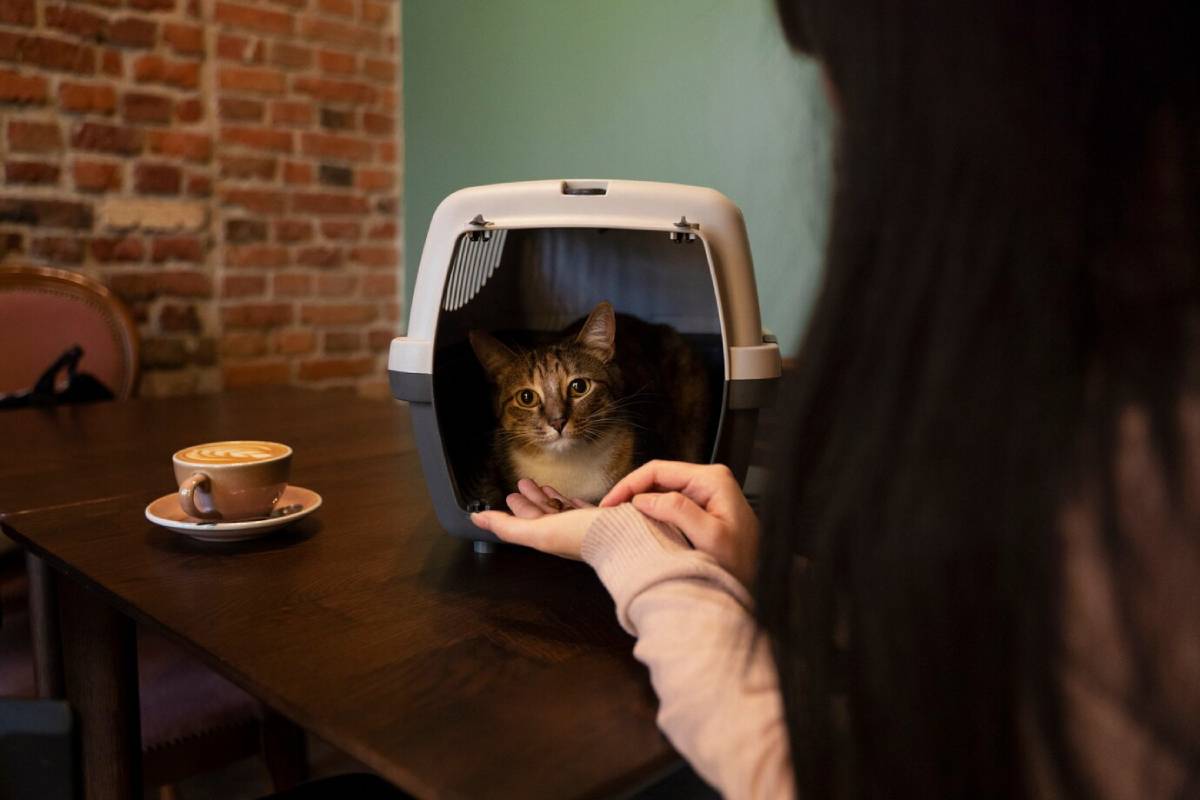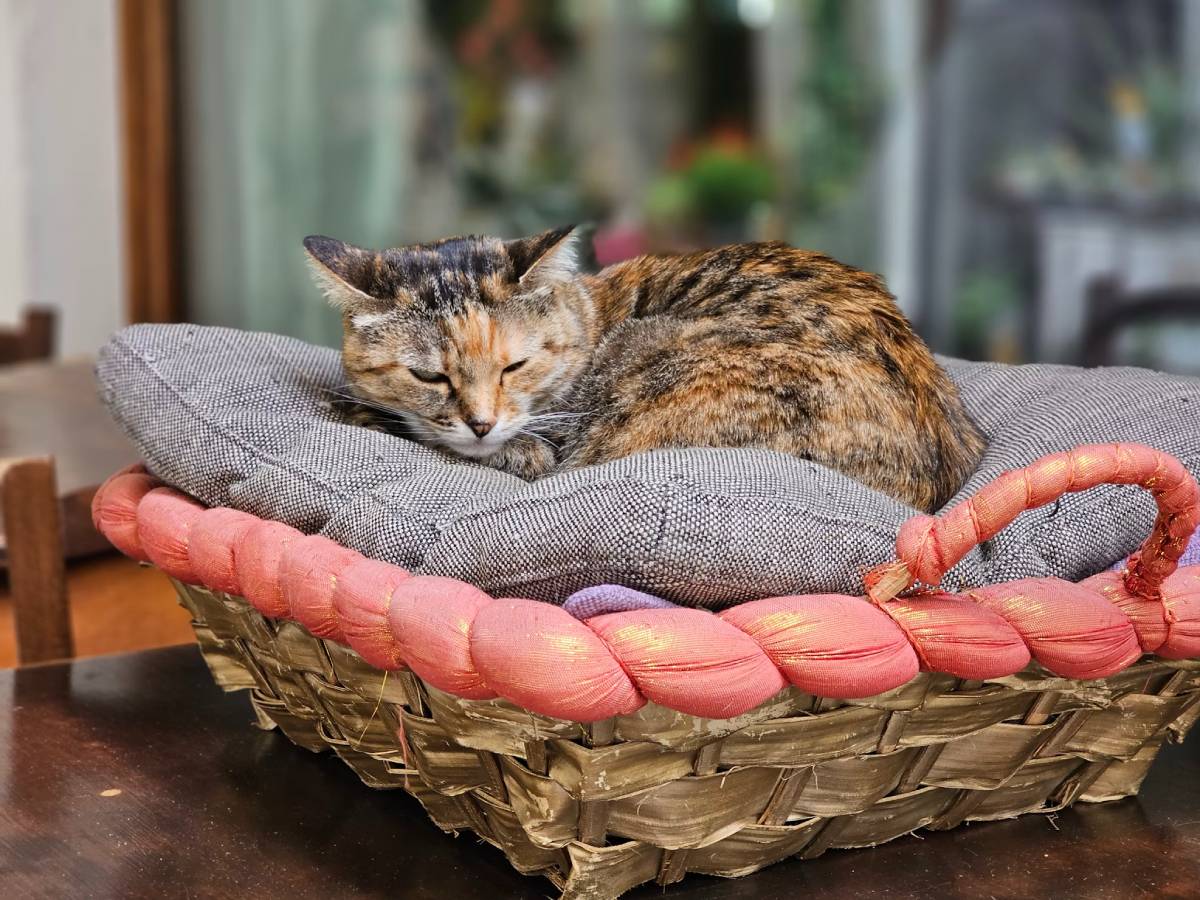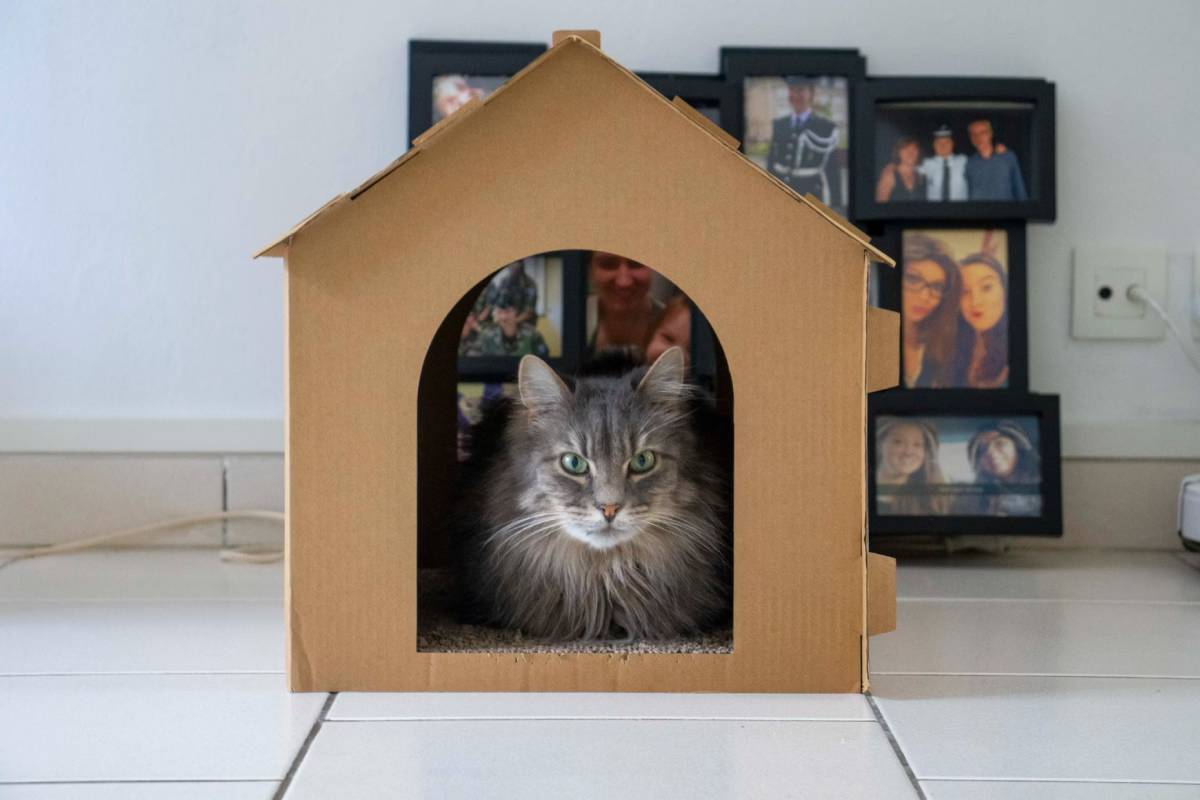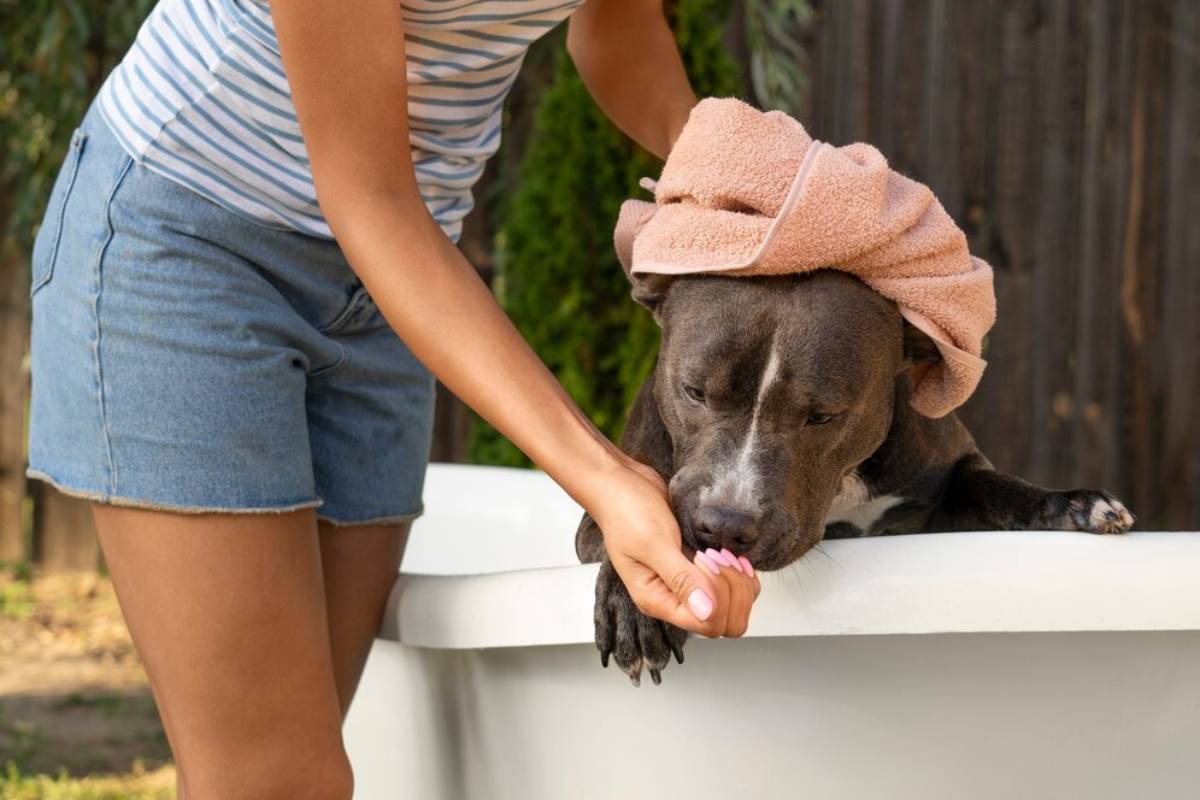
How to Set Up an Enriching Habitat for Indoor Cats
Indoor cats live safer, longer lives—but they also rely on us to make their environment stimulating and engaging.
Our team found that indoor cats thrive when their spaces mimic natural behaviours like hunting, climbing, scratching, and hiding. Without the stimuli of the outdoors, indoor cats can become bored, overweight, or stressed. But with the right setup, you can transform your home into a feline playground that supports their mental and physical well-being.
Enrichment doesn’t mean spending a fortune or giving up your furniture—it means designing a space that satisfies your cat’s instincts. Whether you’re in a small flat or a spacious home, even a few well-placed features can make a big difference.
A cat’s world is vertical, sensory, and exploratory. Create that world indoors, and you’ll have a more content, active, and confident companion.
Pro Tip: Observe how your cat uses your current space. Their preferences will guide you in designing the perfect indoor habitat.
Quick Guide: How to Set Up a Stimulating Indoor Cat Habitat
- Offer vertical climbing spots and lookout perches.
- Provide a mix of toys and puzzle feeders to mimic hunting.
- Place scratching posts in key areas to support natural behaviours.
- Create quiet zones for resting and hiding.
- Stimulate senses with scent, sound, and visual variety.
Important: Your cat’s environment should support movement, curiosity, and comfort. A stimulating home reduces behavioural issues and improves quality of life.
Why Indoor Cat Enrichment Matters
Without outdoor access, cats need ways to express their instincts inside the home. Lack of enrichment can lead to:
- Boredom and depression
- Weight gain and inactivity
- Over-grooming or destructive scratching
- Anxiety or excessive vocalising
Enrichment combats these problems by giving your cat meaningful ways to interact with their environment. A well-designed indoor habitat encourages exploration, rest, and play in a safe and healthy way.
Steps to Set Up an Enriching Indoor Cat Environment
1. Maximise Vertical Space
Cats are natural climbers who feel safest when they can observe from above. Use vertical territory to create safe exploration zones.
Try:
- Cat trees or towers with platforms and hiding spots
- Wall-mounted shelves or “cat highways”
- Window perches for sunny naps and bird-watching
- Top-accessible bookshelves (if safe and stable)
Even in small homes, vertical space multiplies the area your cat can explore.
2. Mimic Hunting with Play and Feeding
Cats are born hunters. Use play and feeding strategies to simulate that instinct.
Ideas include:
- Interactive wand toys to mimic prey movement
- Battery-powered toys for solo play
- Puzzle feeders or treat balls that require problem-solving
- Hide-and-seek feeding where kibble is scattered around the home
- Rotating toys every few days to prevent boredom
Schedule short, focused play sessions—ideally twice a day—to keep your cat mentally and physically engaged.

3. Create Dedicated Rest and Retreat Zones
Cats love quiet spaces where they feel secure and undisturbed. Designate cosy spots in each room using:
- Covered cat beds or soft baskets
- Cardboard boxes with blankets
- Window hammocks
- Enclosed carriers or crates left open for use
Place rest zones away from noisy appliances and foot traffic. A calm cat is a happy cat.
4. Provide Scratching Surfaces
Scratching is essential for feline health—it sharpens claws, stretches muscles, and marks territory. Offer multiple scratching options:
- Vertical posts (tall enough for a full-body stretch)
- Horizontal cardboard scratchers
- Cat trees with built-in scratch panels
- Scratching mats near entrances or furniture
Reward your cat for using them with praise or treats. You’ll protect your furniture and support your cat’s wellbeing.
5. Stimulate All Five Senses
A rich sensory environment keeps your cat alert and satisfied. Include:
- Visual: Window views with feeders or birdbaths outside
- Scent: Catnip toys, silvervine, or scent-swap blankets
- Sound: Calming music, nature sounds, or soft water fountains
- Touch: Varied textures in bedding and toys
- Taste: Occasional treats, chew toys, or edible grass
Rotate these elements regularly to maintain interest.
Best Practices for Indoor Cat Enrichment
- Rotate toys weekly to keep them novel
- Change furniture layouts occasionally
- Observe your cat’s preferences and adjust accordingly
- Avoid overstimulation—don’t overwhelm with too many changes at once
- Encourage independence—let your cat explore and engage on their own terms
Keep enrichment balanced. It’s about providing choices, not constant activity.
Tools and Products to Enrich Your Cat’s Habitat
Here are a few recommended items to enhance your indoor cat space:
- Frond cat furniture: Stylish towers with climbing paths
- Catit Senses Circuit: Tracks and balls for interactive play
- Doc & Phoebe’s Indoor Hunting Feeder: Simulates hunting for food
- Snuffle mats: Turn treats into scent-search games
- Feliway diffusers: Mimic natural feline pheromones to reduce stress
Choose items that suit your cat’s size, age, and temperament.
Warning: Be cautious with string toys, plastic bags, or small objects that could be swallowed. Always supervise play with interactive toys and check items regularly for wear and damage.
Frequently Asked Questions
1. How much stimulation does an indoor cat need daily?
Aim for at least two 10–15 minute interactive play sessions, plus access to climbing, scratching, and quiet zones throughout the day.
2. Can I keep a single cat happy indoors?
Yes. While some cats enjoy companionship, many thrive solo with the right enrichment. Focus on play, exploration, and bonding time with you.
3. What if my cat doesn’t seem interested in toys?
Try different textures, sounds, and movements. Some cats prefer food puzzles or tunnels to chase games. Rotate toys and keep sessions short and rewarding.
4. Are cat wheels or harness walks worth it?
They can be! High-energy cats often benefit from treadmills or leash walks in safe areas. Introduce slowly and with plenty of positive reinforcement.
5. How do I enrich my cat’s environment in a small space?
Use vertical space, window ledges, and multi-functional furniture. Even one corner with a cat tree, window perch, and rotating toys can provide ample stimulation.
Create a Home Where Your Cat Can Thrive

A stimulating indoor environment is one of the greatest gifts you can give your cat. By mimicking natural behaviours and offering variety in movement, rest, and play, you support their health and happiness for years to come.
It doesn’t take a huge budget or house—just a bit of creativity and observation. When your cat climbs, pounces hides, and snoozes contentedly in their space, you’ll know you’ve built a true feline haven.
Start small, build gradually, and let your cat’s curiosity lead the way. Enrichment is a journey—and every paw step counts.


